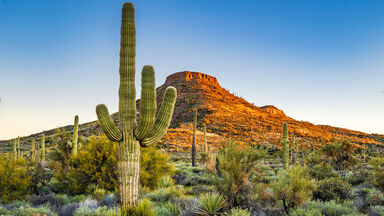We are not concerned here with indica tions of the ritual used in the Temple.
In Arrian's relation of the voyage of Nearchus (Indica, 40), these two regions are well described.
Forests of cherry-trees, plumtrees, magnolia trees, or hiyaku-jikko (Lagerstroemia indica), banks of azalea, clumps of hydrangea, groups of camelliasuch have their permanent places and their foliage adds notes of color when their flowers have fallen.
The silk-cotton tree (Bombax ceiba), miomba, tamarisk, copal tree (Hymenaea courbaril) are frequent, besides sycamores, banyan trees (Ficus indica) and the deleb palm (Borassus aethiopum).
Aristotle is commonly supposed to be the first author who mentions a parrot; but this is an error, for nearly a century earlier Ctesias in his Indica (cap. 3),2 under the name of fib-Taws (Bittacus), so neatly described a bird which could speak an "Indian" language - naturally, as he seems to have thought - or Greek - if it had been taught so to do - about as big as a sparrow-hawk (Hierax), with a purple face and a black beard, otherwise blue-green (cyaneus) and vermilion in colour, so that there cannot be much risk in declaring that he must have had before him a male example of what is now commonly known as the Blossom-headed parakeet, and to ornithologists as Palaeornis cyanocephalus, an inhabitant of many parts of India.

